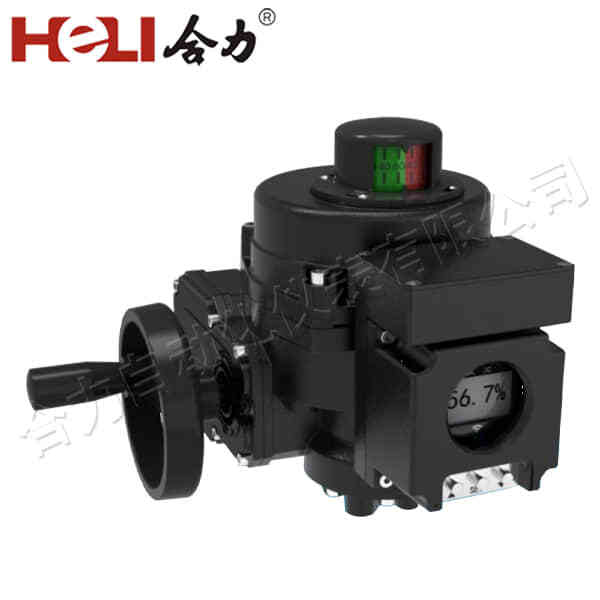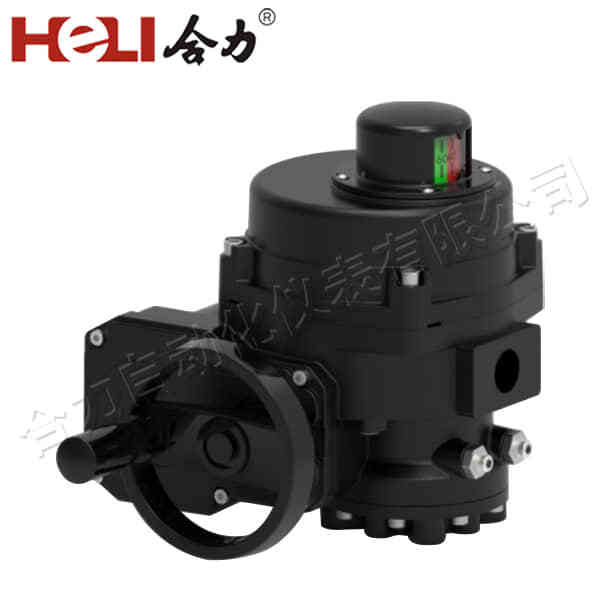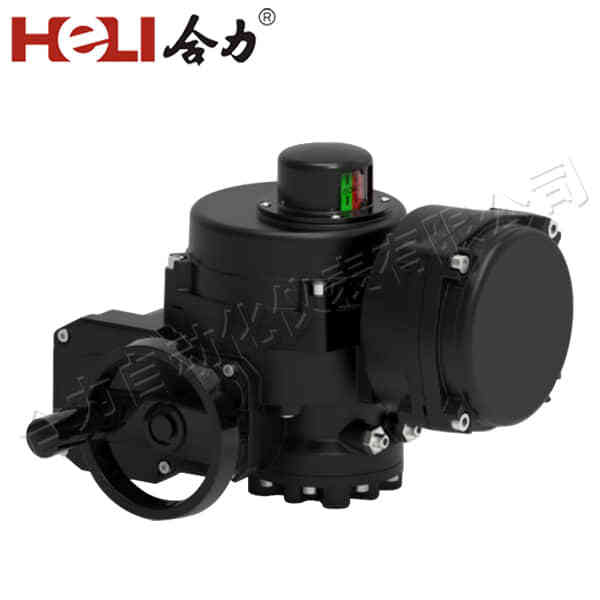Electric actuator valves are essential components in modern industrial systems, offering precise control and automation in the regulation of fluid flow. These valves are widely used in various industries, including water treatment, oil and gas, pharmaceuticals, and HVAC systems, due to their efficiency, reliability, and ability to integrate with automated control systems. This article will explore the working principles, types, applications, advantages, and considerations when using electric actuator valves.

Working Principle of Electric Actuator Valves

An electric actuator valve combines two primary components: a valve and an electric actuator. The actuator, powered by electricity, moves the valve to regulate the flow of liquids, gases, or steam through pipelines. Electric actuators are powered by electric motors, which convert electrical energy into mechanical motion. This motion can be rotary or linear, depending on the design of the actuator. The valve itself can be any type of control valve, such as ball valves, butterfly valves, or globe valves, with an electric actuator attached to it. The actuator receives commands from a control system, typically a programmable logic controller (PLC) or a remote terminal unit (RTU). The actuator adjusts the valve position to control the flow, pressure, temperature, or level of the fluid in the system.
